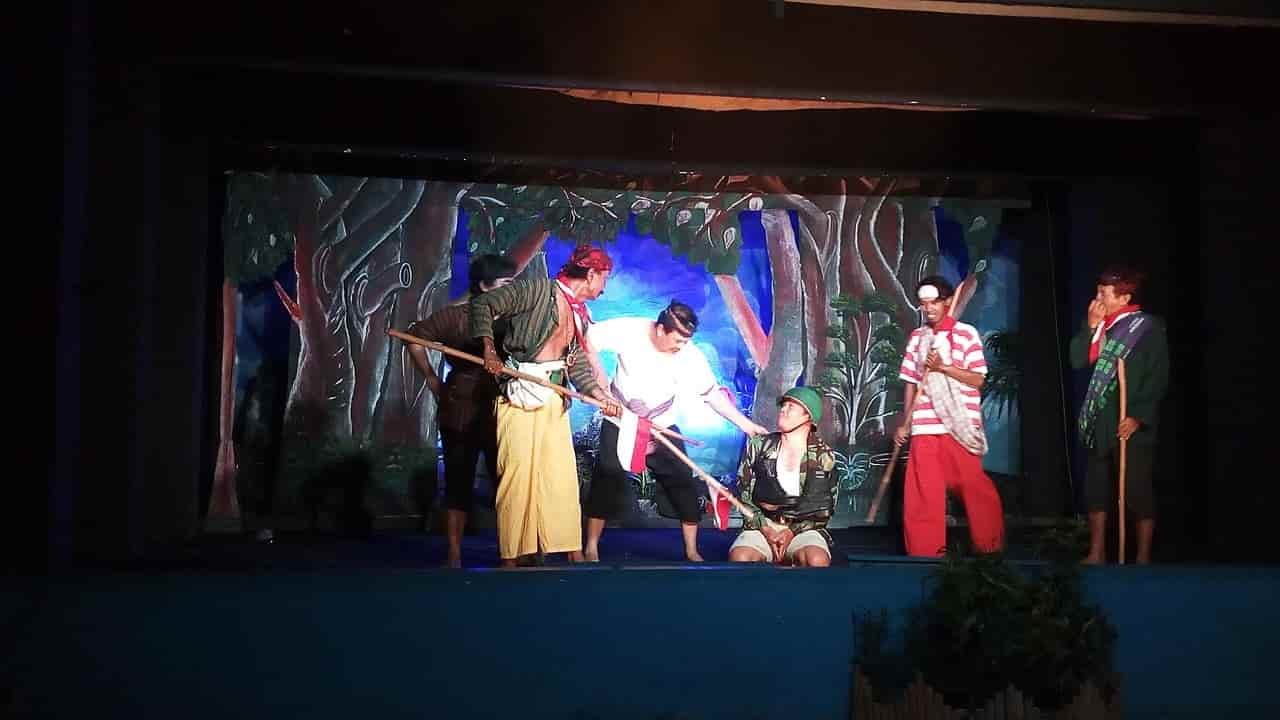Ludruk and Ketoprak from Indonesia
In contrast to wayang, where the message is important, in ketoprak and ludruk, it is the jokes played by clowns who dominate, attracting popular audiences mainly from the countryside and the urban middle class. Ludruk is a cultural drama that tells the daily routine of working class people. Most of the contemporary stories are played out.
These modern performances usually end with a marriage between members of the elite and the proletariat (a term used to identify a lower social class), breaking Javanese societal codes that traditionally separate classes.
Although its origins are uncertain, it is believed to date back to the 13th century
Popular theater (folk drama) or ludruk thus contributed to the modernization of Javanese society. Popular theater themes basically revolve around the intergenerational conflict between parents who respect tradition and young people who have a more modern vision. The Javanese have a habit of dividing the world into two: the alus (smooth) and the rough (rough). This applies to individuals as well as religion, thought, art…
Read also: Javanese Cat Does Not Come From Java Indonesia
Ludruk is different from the ketoprak from Central Java, because the grooves in the ketoprak are often taken from Javanese history and legend. Both genres focus on conveying certain moral messages, but ludruk tells about everyday life, and most of them are underprivileged. It was a popular form of entertainment for working-class audiences.
Sources: PinterPandai, Grin, Britannica
Photo credit: consigliere ivan from Bontang, Indonesia (CC BY-SA 2.0) via Wikimedia Commons



